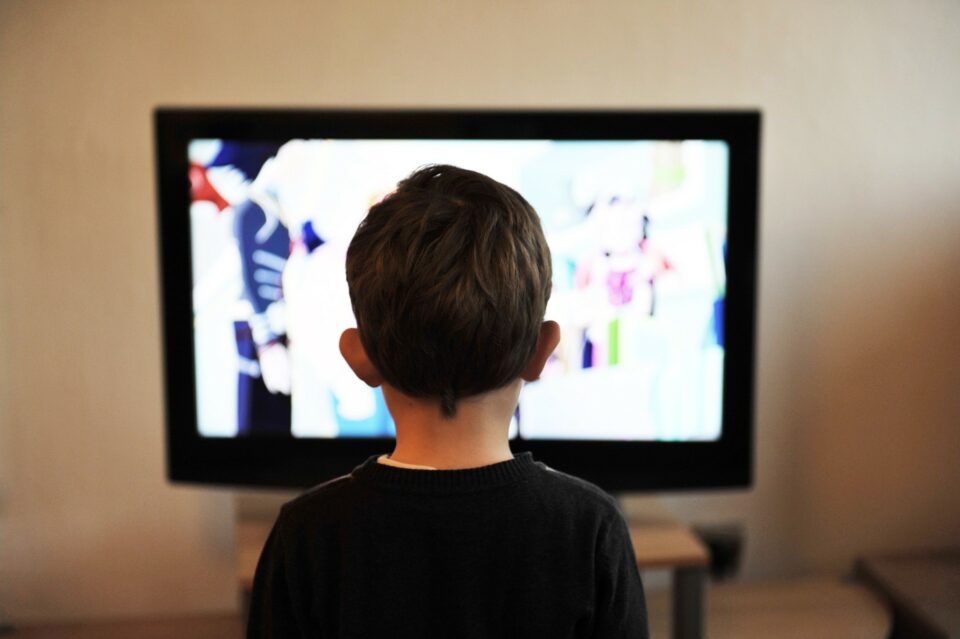A child’s education is a whole programme of different approaches, styles, and tactics. However, every child learns in a slightly different way and understand their preferred style can help you to deliver a more well-rounded and effective learning package.
There are several different learning styles that people may have, and understanding your child’s learning style can greatly enhance their educational experience. Here are some of the most common learning styles:
- Visual learners: These children learn best through visual aids such as charts, diagrams, and images. They benefit from seeing information presented in a clear and organized manner.
- Auditory learners: Auditory learners prefer to learn through listening and speaking. They often benefit from lectures, discussions, and audio recordings.
- Kinaesthetic learners: Kinaesthetic learners learn best through hands-on activities and physical movement. They often need to engage in activities or manipulate objects to fully understand concepts.
- Reading/Writing learners: These individuals prefer to learn through reading texts or writing notes. They often benefit from taking detailed notes during lectures or reading extensively on a topic.
- Social learners: Social learners thrive in group settings where they can discuss ideas with others, participate in group projects, or engage in collaborative learning activities.
- Solitary learners: Solitary learners prefer to work alone and may find it easier to concentrate without distractions from others.
While most children will have a combination of different styles, there is one which can be extremely beneficial for all children – auditory learning, i.e., using sound and listening.
Why is Sound so Important For Education?
Sound plays a crucial role in children’s learning for several reasons:
- Language Development: Sound is essential for the development of language skills in children. From an early age, they begin to recognize and differentiate between different sounds, which eventually leads to understanding and producing words. By exposing children to a variety of sounds, such as spoken words, music, and environmental noises, their language skills can be enhanced.
- Cognitive Development: Sound stimulates various areas of the brain responsible for cognitive development. Listening to music or engaging in activities that involve sound can improve memory, attention span, problem-solving abilities, and overall cognitive function in children.
- Communication Skills: Sound helps children develop effective communication skills by enabling them to listen attentively and understand verbal cues from others. It also allows them to express themselves through speech or non-verbal sounds like laughter or crying.
- Social Interaction: Sound facilitates social interaction among children by allowing them to engage in conversations with their peers or adults around them. Through listening and responding appropriately to others’ voices or sounds, they learn important social skills like turn-taking, active listening, empathy, and understanding emotions conveyed through tone of voice.
- Multisensory Learning: Incorporating sound into educational activities creates a multisensory learning experience that enhances retention and comprehension of information. For example, using audio books or interactive learning tools that combine visuals with sound can make educational content more engaging and memorable for young learners.
- Emotional Well-being: Sound has the power to evoke emotions in children; it can be calming (e.g., soft music) or energizing (e.g., upbeat tunes). By creating a positive auditory environment filled with pleasant sounds during learning activities or playtime, it contributes positively towards their emotional well-being.
How the Brain Processes Sound Information
A child’s brain is an incredible learning machine, especially when it comes to processing sound information. By understanding how it all works, you can tailor your efforts to helping them learn. Here’s a breakdown of how their brain processes sound to learn:
- Sound Reception: The first step is the reception of sound waves through the ears. The outer ear collects and directs these waves into the ear canal, where they reach the eardrum.
- Sound Amplification: The eardrum vibrates in response to sound waves, transmitting these vibrations to three tiny bones in the middle ear called ossicles (the hammer, anvil, and stirrup). These bones amplify and transmit the vibrations further into the inner ear.
- Cochlea Processing: In the inner ear lies a snail-shaped structure called the cochlea. It contains thousands of hair cells that convert mechanical vibrations into electrical signals that can be understood by our brains.
- Neural Transmission: Once converted into electrical signals, these messages are sent via auditory nerves to various parts of the brain responsible for processing sound information.
- Auditory Cortex Activation: The auditory cortex is located in both hemispheres of our brain and plays a crucial role in interpreting sounds we hear. It analyses different aspects like pitch, volume, rhythm, and timbre.
- Language Processing: As children grow older and develop language skills, specific areas within their brains become more specialized for language processing tasks such as understanding speech sounds or recognizing words.
- Memory Formation: During this entire process, connections between neurons are formed or strengthened through repeated exposure to certain sounds or words—this helps with memory formation and retention of learned information.
- Associative Learning: Children’s brains excel at making associations between sounds and meanings due to their natural ability for pattern recognition—this allows them to link new words with objects or concepts they encounter regularly.
- Cognitive Development & Synaptic Pruning: Over time, as children continue learning new sounds and languages while discarding irrelevant ones, their brains undergo synaptic pruning. This process strengthens important neural connections while eliminating unnecessary ones, optimizing their ability to process sound information efficiently.
It’s important to note that every child’s brain develops at its own pace and may have unique strengths or challenges in processing sound information. Encouraging a stimulating auditory environment, engaging in interactive activities, and providing exposure to various sounds can all contribute positively to a child’s learning journey.
Strategies to Enhance Education Through Sound & Listening
Sound has a unique ability to captivate a child’s attention, stimulate their imagination, and facilitate deep understanding. By harnessing the power of sound and incorporating it into educational practices, we can create engaging and immersive learning experiences that cater to diverse learning styles.
Here are some ways you can do just that.
- Incorporate audio resources: Use podcasts, audiobooks, and educational audio programs to supplement traditional teaching materials. This allows students to engage with the content through listening and can enhance their understanding of various subjects.
- Utilize music: Music has been shown to have a positive impact on learning and memory retention. Integrate songs or melodies into lessons to help students remember key concepts or information.
- Conduct listening exercises: Design activities that require active listening skills, such as identifying sounds or patterns in recordings, following instructions given orally, or analysing speeches or debates. These exercises can improve concentration and critical thinking abilities.
- Encourage storytelling: Storytelling is an effective way to engage students’ imagination and improve their listening skills simultaneously. Invite guest speakers who are skilled storytellers, create opportunities for students to share their own stories, or use recorded stories as prompts for discussion and reflection.
- Implement group discussions: Foster collaborative learning environments where students actively listen to each other’s perspectives during group discussions or debates on specific topics. This helps develop communication skills while enhancing comprehension through attentive listening.
- Field trips and real-world experiences: Organize visits to places where sound plays a significant role, such as museums with interactive exhibits related to sound engineering or natural environments known for unique auditory experiences (e.g., rainforests). These outings provide hands-on learning opportunities that stimulate curiosity about sound-related phenomena.
- Use technology tools: Explore educational apps that focus on sound recognition, pronunciation practice in foreign languages, or interactive audio-based quizzes/games designed specifically for auditory learners.
- Mindful listening exercises: Teach mindfulness techniques that emphasize deep listening skills by focusing attention on specific sounds in the environment (e.g., birds chirping outside the classroom). This practice cultivates awareness of one’s surroundings while enhancing concentration abilities.
- Podcast creation projects: Assign podcast creation tasks where students research a topic of interest and present it using audio recordings. This encourages independent learning, critical thinking, and effective communication skills.
- Gamify learning: Develop interactive games or quizzes that rely on sound cues or auditory clues to engage students in a fun and educational way. This approach can make the learning process more enjoyable while reinforcing listening skills.
These are strategies that can be used in the classroom and at home. Parents should try to incorporate some of these methods at home to compliment the work being done at school and to increase understanding of the subject matter.
Conclusion: The Power of Listening in Education
In conclusion, the power of sound and listening in education cannot be underestimated. From enhancing cognitive development to fostering creativity and critical thinking skills, sound has the ability to transform the learning experience for students of all ages. By incorporating various auditory techniques such as music, storytelling, and active listening exercises into classrooms, educators can create an environment that engages students on a deeper level.
Moreover, sound has the potential to bridge gaps in understanding and promote inclusivity within educational settings. By embracing diverse voices and perspectives through audio resources and discussions, students can develop empathy and cultural awareness while expanding their knowledge base.
By embracing the power of sound and listening in education, we are not only enriching academic experiences but also nurturing well-rounded individuals who are equipped with essential skills needed for success in an ever-evolving world. So let us tune into this incredible resource that lies within our reach – let us listen closely as we unlock endless possibilities for growth and transformation within our educational systems.




